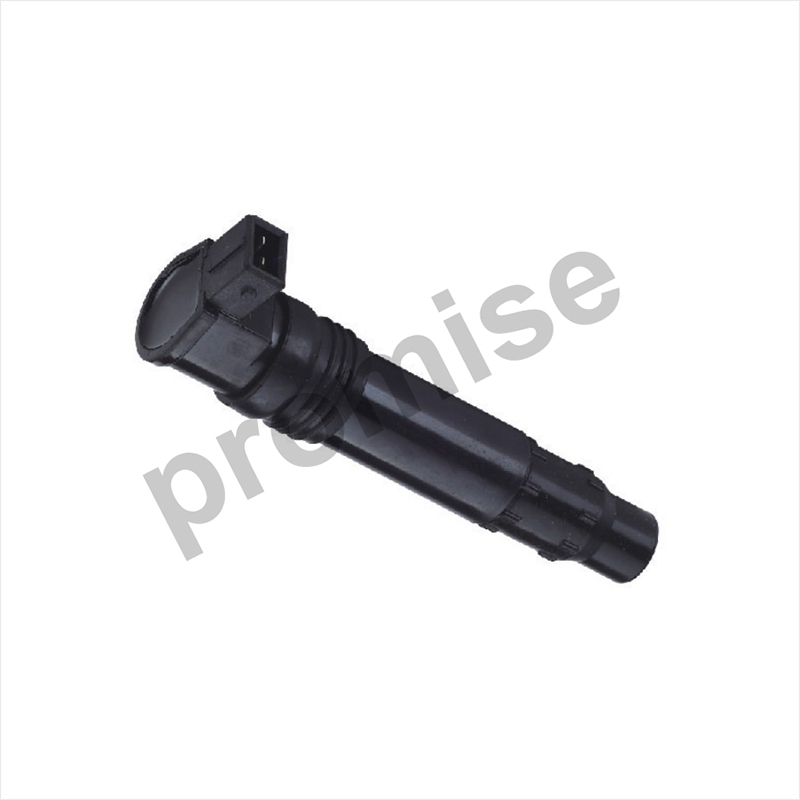An ignition coil is a small induction coil within the i […]
An ignition coil is a small induction coil within the ignition system of a vehicle that changes the electrical voltage of the battery to the millions of volts required to generate an electrical spark in the ignition plugs to start the engine. This ignition process is controlled by a small solenoid that works with the ignition switch to turn the electrical current on and off at the desired times. The ignition coil absorbs the electrical charge from the ignition switch and sends it to the coil in the plug to be converted to heat energy which ignites the gasoline gas in the plug. The spark occurs as the electrical charge converts to heat energy which explodes the gasoline gas inside the plug.
The ignition coil also contains two insulated magnetic fields that are arranged in a spiral pattern around the metallic center of the coil. These coils are referred to as primary and secondary windings. A primary winding is composed of the iron core that is a strong magnetic field and a second larger secondary winding that has a weaker magnetic field. The primary winding provides the direct ignition of the fuel/electric mixture, while the secondary windings produces the secondary heat energy that is used to ignite the gasoline gas.
There are several reasons why a ignition coil may fail. One cause of ignition coil failure is the short circuiting that occurs when the high voltage line is tripped by short circuit breaks in or near the primary winding. Another cause of ignition coil failure occurs when the high voltage and the low voltage electric field cancel each other out due to a poor or non-existent electrical distribution between the engine and the rest of the vehicle. This can occur because of the existence of air passages between the engine and the other parts of the vehicle. Poorly manufactured engines often use a smaller secondary winding, which makes them more susceptible to failures.
The ignition coils have two ends; a positive and negative contact. At the primary end, there is a metallic iron core that is coated with lead. At the secondary end, an iron core is covered by a thick metal ring or sleeve. The ignition process works when the two coils come into contact and an electric current flows through the metal core. The hot metal begins to boil and then fuses with the carbon dioxide in the mixture. Once the boiling process is complete, the entire mixture is then compressed to make a very hot gas that is then ignited by the electric spark from the spark plug.
High voltage ignition systems also use ignition coils that contain metallic iron core. These ignition coils can be constructed from different materials such as steel, aluminum, titanium, and copper. Some ignition systems also use platinum, mercury, iron, or aluminum. Ignition systems for heavy duty vehicles use a more sturdy design for the ignition coils. Many of these ignition coils are designed to withstand extremely high temperatures and are also coated with a highly resistant coating.
In order to understand how the fuel ignition system works, you need to know some basic facts about how fuel combustion occurs. The spark plug (which is actually a wick) contains two electrodes that become active when they come into contact with a burning source of fuel. When these electrodes come in contact with the fuel, their conductivity increases causing a chemical reaction that produces heat. This heat then melts the surrounding air to produce a vapor and creates a sufficient amount of pressure so that the fuel gases ignite. When the fuel ignites, it creates a very large explosion that sends flames across the exterior surface of the cylinder. All of these processes take place within a very small space, so they do not require a large space to operate.
